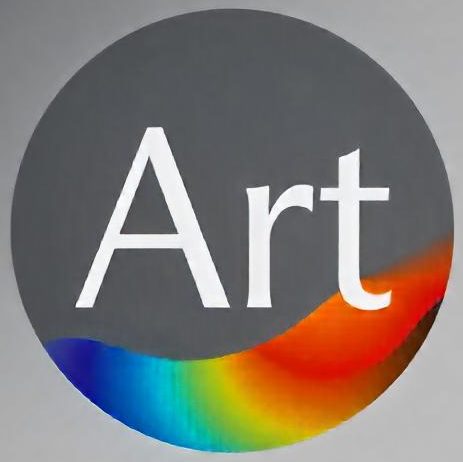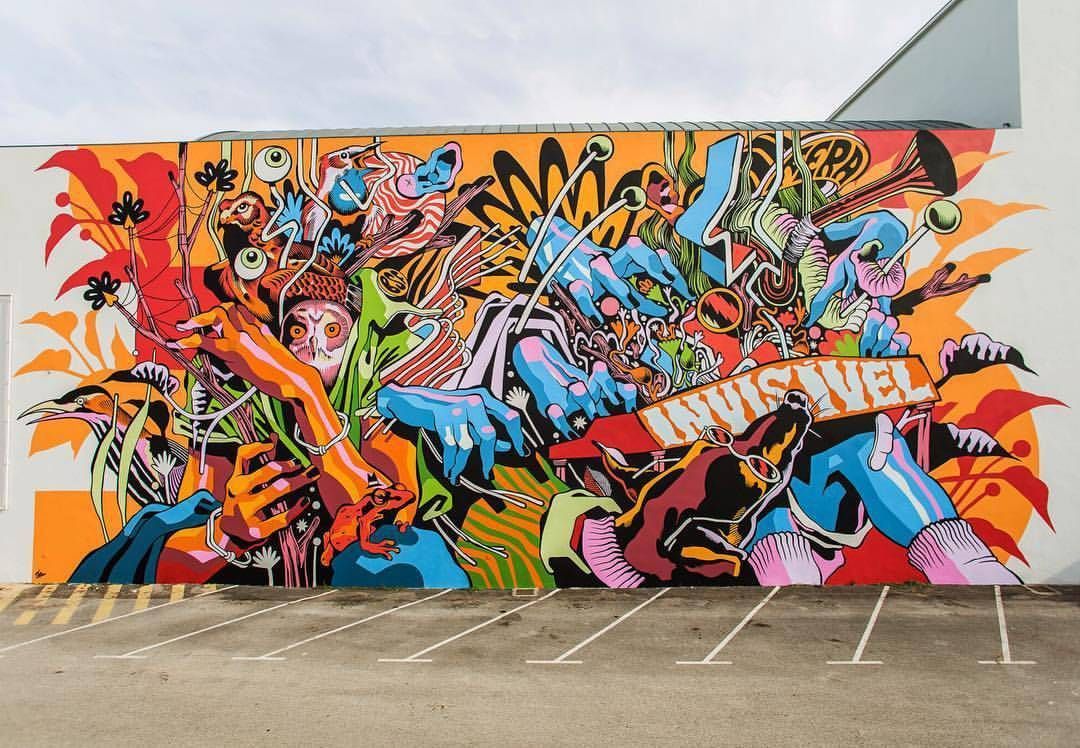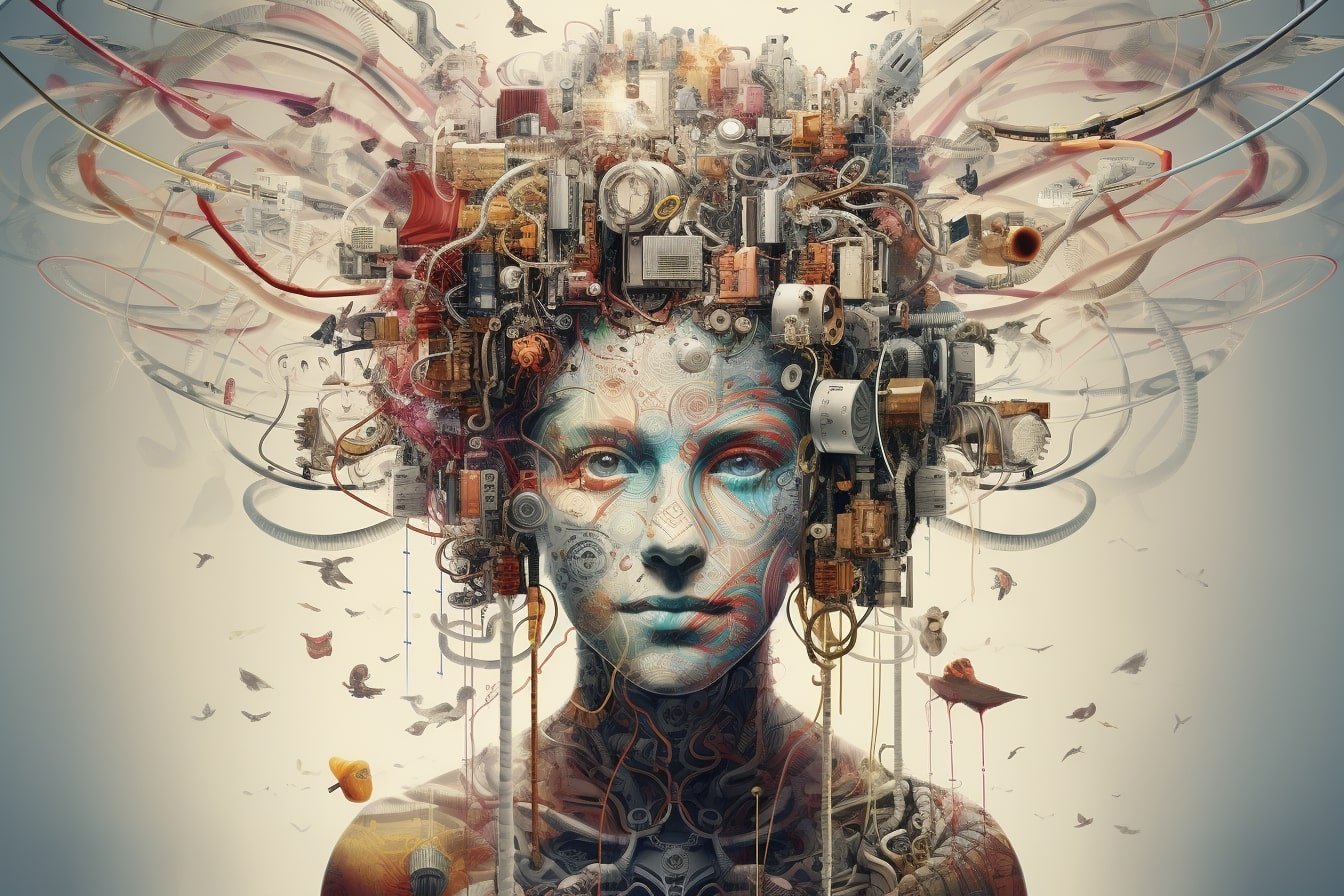Street art, once considered rebellious and unconventional, has evolved into a significant force in the world of contemporary art. What began as a form of urban expression, often associated with graffiti and underground culture, has now permeated galleries and museums around the world. In this article, we explore how street art has influenced modern art movements and redefined the boundaries of artistic expression.
The Rise of Street Art
Street art emerged in the late 20th century, influenced by the counterculture movements of the 1960s and 1970s. Graffiti, as its precursor, had roots in urban areas where artists used public spaces as canvases to express political, social, and personal messages. In the 1980s and 1990s, street art began to evolve into a more diverse and dynamic form of expression, incorporating techniques like stenciling, paste-ups, and even sculptures.
The works of artists like Jean-Michel Basquiat, Keith Haring, and Banksy helped bring street art into the mainstream. Their pieces often challenged traditional notions of art, using public space as an unconventional gallery and engaging with socio-political issues through visual language.
The Connection Between Street Art and Modern Art Movements
1. Pop Art
One of the most notable influences of street art on modern movements is its connection to Pop Art. Artists like Andy Warhol and Roy Lichtenstein revolutionized the art world by incorporating popular culture, mass media, and consumerism into their works. Street artists, especially those influenced by the work of Warhol, have adopted similar techniques, such as the use of bold colors, repetitive imagery, and cultural symbols, to create art that speaks to the masses.
The work of street artists like Shepard Fairey, known for his “Obey Giant” campaign, echoes Pop Art’s focus on mass media and consumerism while using the street as a canvas. Street art, much like Pop Art, aims to make art more accessible and relevant to everyday life, breaking down the elitist boundaries of the traditional art world.
2. Abstract Expressionism
Street art also shares significant similarities with Abstract Expressionism, particularly in its emphasis on personal expression and the use of spontaneous, energetic techniques. Abstract Expressionist artists, such as Jackson Pollock and Willem de Kooning, sought to convey emotion and experience through gestural brushstrokes and bold, dynamic compositions. Street art follows this tradition by using spray paint, stencils, and markers to create raw, expressive works that often convey deep emotional intensity.
The physicality of creating street art, especially when it involves large-scale murals, mirrors the action-based approach of Abstract Expressionism. Many contemporary street artists, including Banksy and Retna, embrace the idea of “art as action” by using the streets as their canvas, creating pieces that reflect their own personal experiences and views.
3. Conceptual Art
Conceptual art, which emphasizes the idea behind the work rather than its physical form, has found a parallel in street art’s focus on message-driven creation. Street artists often use public spaces to send a message, whether political, social, or cultural, and these messages are integral to the artwork’s meaning.
Banksy, for example, uses his street art to comment on issues such as war, capitalism, and social inequality. His pieces are not just visual expressions but powerful social commentary, making the concept behind the work just as important as the execution itself. This aligns closely with the practices of Conceptual Art, where the idea takes precedence over traditional aesthetics.
4. Minimalism
Street art has also drawn inspiration from Minimalism, a movement that focused on simplicity and the reduction of art to its basic elements. Minimalist artists, such as Donald Judd and Dan Flavin, stripped away excess ornamentation to focus on form, color, and materiality.
In street art, this minimalistic approach is often seen in the use of simple shapes, monochromatic color schemes, and the repetition of motifs. Artists like JR, known for his large-scale black-and-white photography pasted on urban surfaces, adopt minimalist principles by using limited color palettes and focusing on the raw, unembellished power of imagery.
The Influence of Street Art on the Art Market
The influence of street art has not been limited to artistic practices alone; it has also had a significant impact on the art market. Once viewed as vandalism or a form of defiance, street art has become highly collectible and valuable. Galleries and auction houses now regularly feature street artists, and works by artists such as Banksy, KAWS, and Basquiat fetch millions of dollars.
The rise of street art has democratized the art world, making art more accessible to the general public. Through online platforms, street art can be viewed and purchased by people around the world, creating a more inclusive art market.
The Future of Street Art and Its Impact on Modern Movements
Street art continues to influence and reshape contemporary art. As technology evolves, digital and interactive street art is emerging, allowing artists to engage with their audiences in new ways. The global reach of social media has also given street art a platform to reach a wider audience, fostering an international community of artists and art enthusiasts.
Moreover, the social and political themes addressed by many street artists continue to resonate with contemporary issues, such as climate change, racial inequality, and economic disparity. Street art remains an essential form of activism, using public spaces as platforms for conversation and change.
Conclusion
Street art’s influence on modern art movements is undeniable. By combining elements of Pop Art, Abstract Expressionism, Conceptual Art, and Minimalism, street artists have created a genre that is as thought-provoking as it is visually compelling. With its emphasis on accessibility, social commentary, and personal expression, street art continues to challenge the boundaries of traditional art and redefine the way we experience creativity in the modern world.


